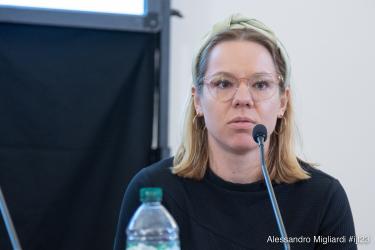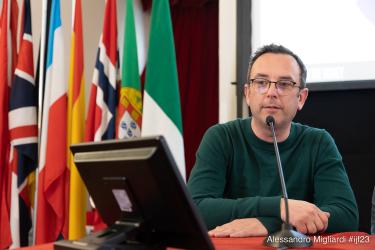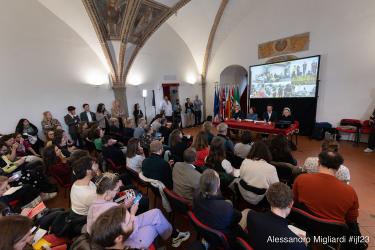There is a rising sector of public-interest media in Europe: pioneers in the (ever-) emerging journalistic landscape. They fill a gap left by public service media and commercial news organisations by serving the public interest with high-quality journalism that is produced in close interaction with their target audiences. They don’t serve the interests of shareholders, radically avoid political dependency, and know how to use digital media. Their income stream is often diverse, with revenue coming both directly from audiences and from funders, donors and/or philanthropy.
This may sound all good, but this new sector is facing a great challenge - because even in Europe, it’s difficult to be financially sustainable. Developing from a traditional media landscape with public versus private funding, the new public-interest, not-for-profit journalism sector needs to find new ways to monetise its value. Because the journalism that this sector produces is valuable: both for its direct audiences as for society at large. But proving this value can be difficult, and therefore, many independent public-interest media organisations find themselves in a squeeze. On the one hand, they operate in the realm of public service outlets - serving citizens and its members -, while on the other, they are part of a competitive market - serving consumers. Each domain requires different metrics to prove their added value: funders are asking for impact and impact measurement; but where direct value in the market is concerned, sponsors and donors are keen on audience size as the main indicator for success.
Previous research suggests that the term ‘public value’ is a better way to grasp the challenge: it focuses on the benefit of audiences as both citizens and consumers, and embraces public value in combination with a market impact test. In other words, ‘public value’ in this sense is accomplished when a media outlet delivers added value for citizens and the public sphere, yet the competitive market economy is not distorted to the detriment of for-profit actors. But the term has not yet been successfully transformed into practical applicability. The question is how the concept can be operationalised into daily journalism practice, and how news organisations can make this shift.
To find answers, 25 European public-interest journalism outlets are looking for support from each other in the self-organised sector network Reference. Here, the directors share experiences and co-produce solutions. And even though the country contexts vary greatly throughout the continent, in Reference there is an overwhelming sense that the challenge of becoming sustainable can only be faced collectively.
In this panel, we will share our challenges and discussions so we can collectively bring the public interest forward. The panelists are all Reference members, but shed light on the different aspects of the discussion.
Organised in association with Arena for Journalism in Europe.










